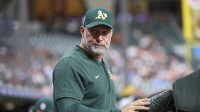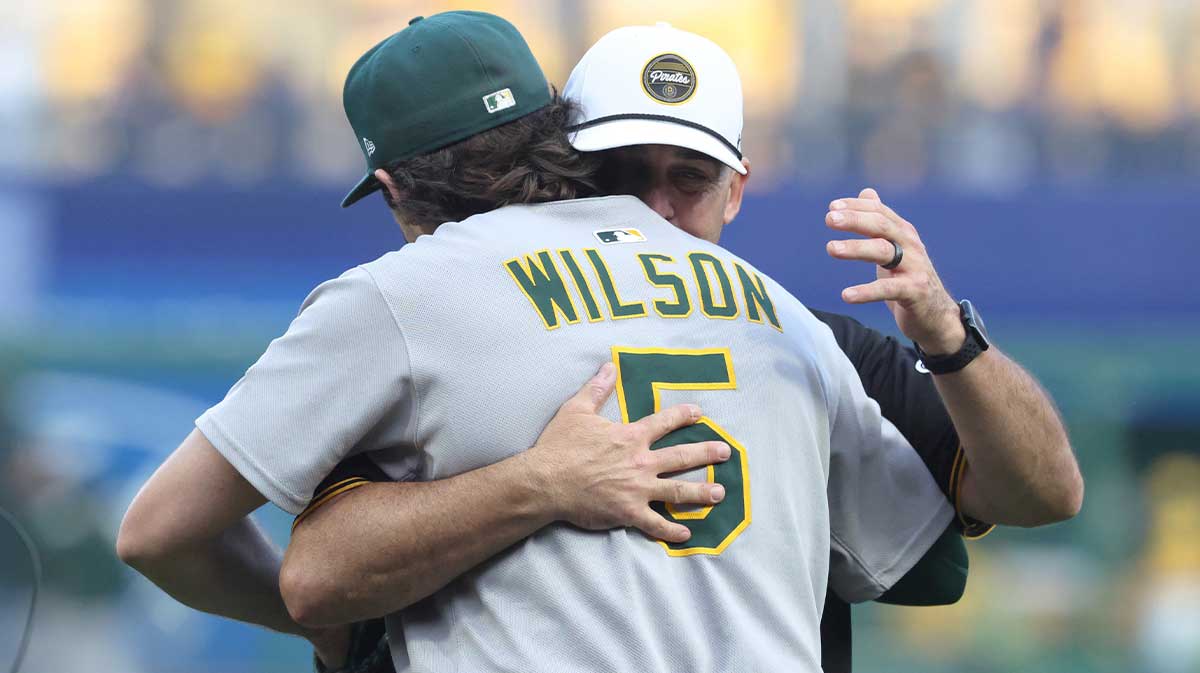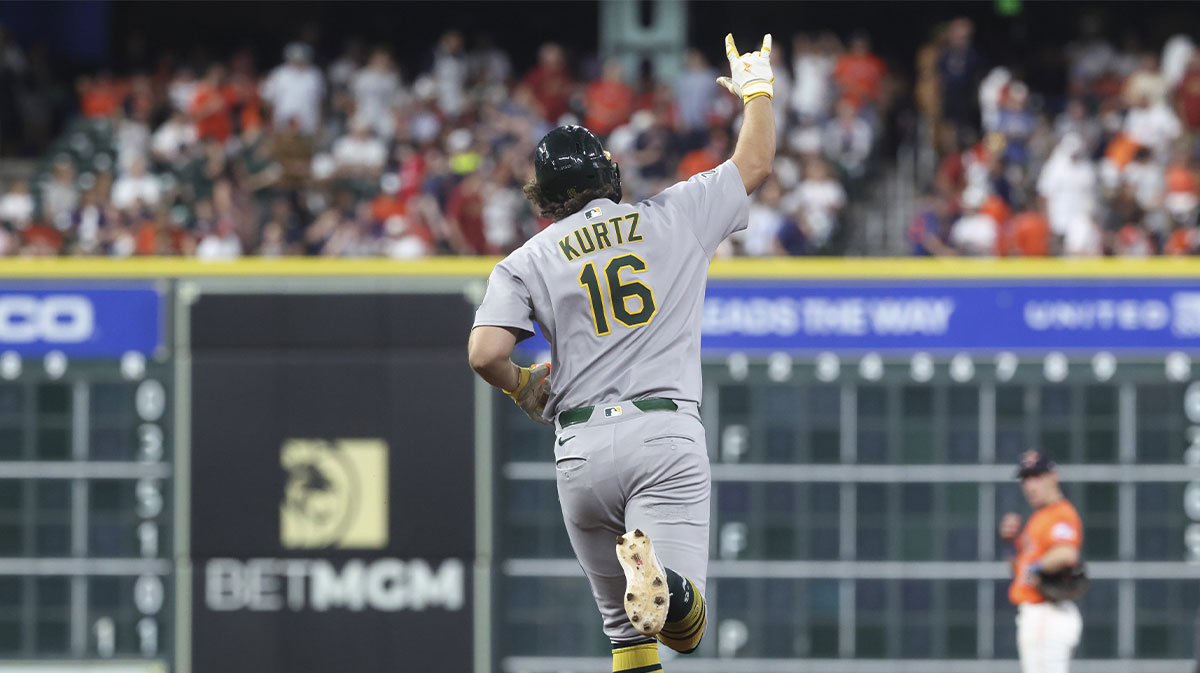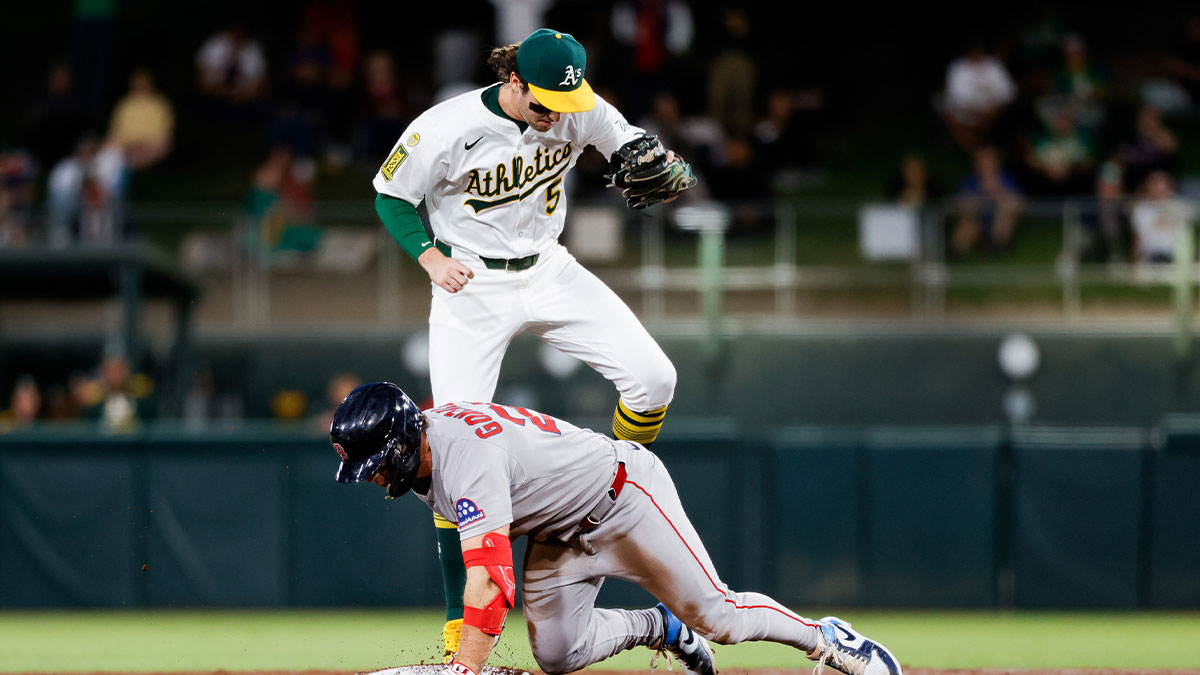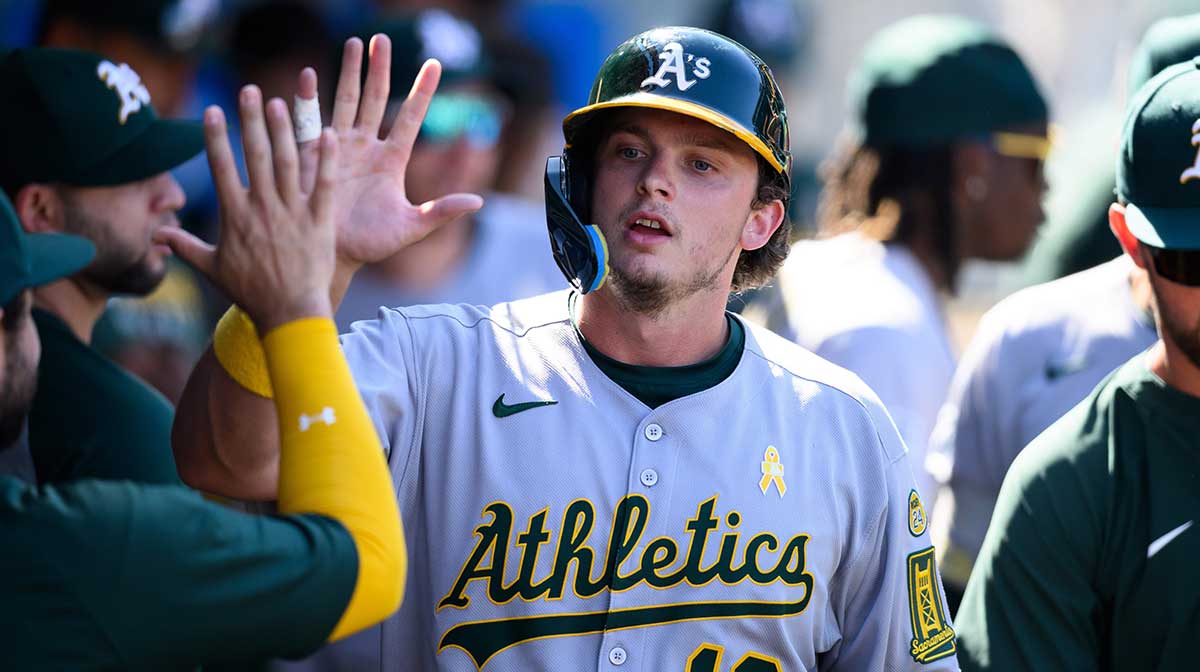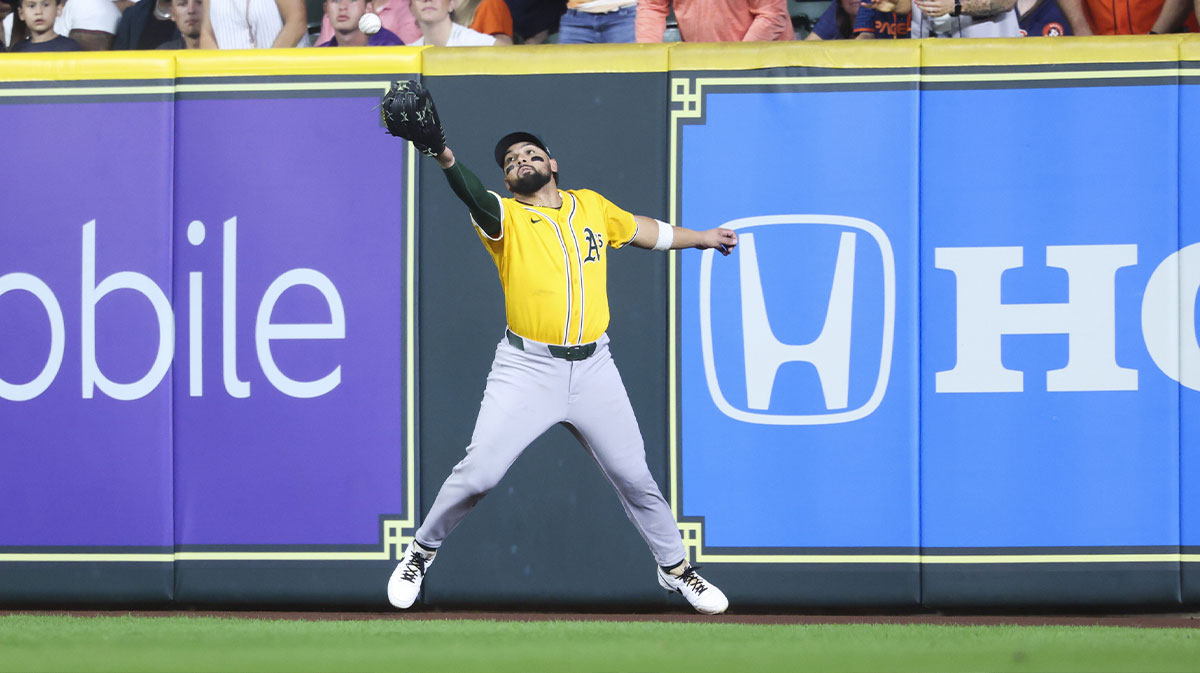The Oakland Athletics feel like they're in the middle of a Hollywood movie. Maybe that's because they have been part of one before (Moneyball). Or maybe that's because A's owner John Fisher took inspiration from one (Major League). However, after the astonishing events of Tuesday night's game against the Tampa Bay Rays, marked by a phenomenon now dubbed the “reverse boycott,” scriptwriters might be eager to begin crafting the narrative. Regardless, the A's appear to be immersed in the second act of a riveting three-act performance. The burning question remains: How will this captivating saga ultimately unfold?
Spoiler: it ends with the A's moving from Oakland still.
Act 1: The Stadium
From 2018 to 2022, the A's consistently secured playoff berths. They maintained an impressive track record, winning 97 games in multiple seasons (excluding the COVID season) and even reached 86 wins in 2021, narrowly missing the playoffs. However, in 2023, they currently hold a dismal 19-50 record, giving them the second worst record in the league.
What led to this significant decline? Fisher's desire is to leave Oakland, plain and simple. The MLB itself shares this sentiment.
Over the years, the A's have faced ongoing disputes and broken promises regarding the provision of a new stadium. The Oakland government is now bearing the brunt of the blame for their failure to address this issue, ultimately contributing to the A's current stance of seeking to relocate to Las Vegas, as reported by ESPN.
“I feel sorry for the fans in Oakland. I really do,” MLB commissioner Rob Manfred told reporters back in April. “But for the city of Oakland to point fingers at Fisher, it's not fair.”
“We have shown an unbelievable commitment to the fans in Oakland by exhausting every possible opportunity to try to get something done in Oakland,” Manfred added, saying that Fisher's attempts to exclusively negotiate with Oakland from 2014-21 to build a new stadium failed. “Unfortunately, the government doesn't seem to have the will to get it done.”
The A's currently reside in one of the biggest dumps in the MLB. Not only is the old Oakland Coliseum less than aesthetically pleasing, it's also become a run down shelter for unwanted vermin. Between that and it's minor-league levels of fan attendance, the stadium and the team have become one of the biggest laughingstocks in all of sports.
Perhaps some of that is by Fisher's own doing, however.
Fisher took his cheaply manufactured, analytically driven team and made the best out of them for only so long. When he finally realized he wasn't going to get any sort of helpful by government funding, he, for better or worse, simply stopped trying to make anything work. Therefore, he sold off the team's greatest assets over the last couple seasons, like position players Sean Murphy, Matt Olson and Matt Chapman, and pitchers Chris Bassitt and Sean Manaea.
Unsurprisingly, A's fans, who had largely lost faith in the team, expressed their dissatisfaction with the situation. Throughout the season, their support in terms of fan attendance have been lacking, exhibiting the worst attendance in the league. However, an intriguing shift occurred on Tuesday, albeit in a rather unconventional manner.
Act 2: The Reverse Boycott
What started as a single tweet from a passionate A's fan, snowballed into one of the more memorable nights of the 2023 season for the A’s, according to Gabe Fernandez of SFGATE.
Stu Clary, a longtime A’s fan, started this phenomenon by replying to a tweet that was asking fellow fans to sign a petition. The petition would ask for signature support in either a change in the A’s ownership, or the stoppage of removing the team from the city it has called home since 1968.
Signed the petition.
Something I’ve been thinking about: a “reverse boycott” day of protest:
We pick a random weeknight game and sell it out, showing that can support is not the issue
All fans arrive with signs demanding Fisher keep the team in Oakland and/or sell the team— Stu Clary (@hecanfoos) April 11, 2023
“Signed the petition,” Clary wrote. “Something I’ve been thinking about: a ‘reverse boycott’ day of protest: We pick a random weeknight game and sell it out, showing that [fan] support is not the issue. All fans arrive with signs demanding Fisher keep the team in Oakland and/or sell the team.”
Before Tuesday night, the A's had the lowest attendance in the MLB, averaging less that 9,000 fans. The reverse boycott brought in nearly 28,000 raucous fans with purpose: “Sell the team.”
That was the mantra all night, even as the A's were winning their seventh consecutive game against one of the best teams in the league in the Rays. In what was a well-orchestrated maneuver by As' fans, planning the event on a Tuesday night in early summer against a team themselves that carry little attendance and have stadium issues of their own — in the end, it will probably be all for naught.
Act 3: Viva Las Vegas… or maybe somewhere else
When the now Las Vegas Raiders made the decision to depart from Oakland, it inevitably set the countdown in motion for the A's. With only a limited number of concept arts showcasing what could have been in the Oakland area that never materialized year after year, the A's found themselves compelled to follow suit of their former stadium co-dwellers.
They went all-in by diligently scouring the Las Vegas region in search of a new place to call home. Granted, nothing is still for certain, there's been plenty of hiccups so far in the process. However, nothing will change the fact that the A's are done in Oakland.
The biggest hurdle that the A's were dealing with in Oakland is still a concern today moving elsewhere, although it's becoming more of a plausibility in Las Vegas. Before the As' fans started packing in the Coliseum on Tuesday, earlier that day the Nevada Senate passed a $380 million bill to fund a new A's stadium in Las Vegas. There's still a ways to go, such as the passing of Senate Bill 1, but this is the closest to reality the team has seen to finding a new home.
The Athletics' eventual departure from Oakland is not solely due to lack of government funding or fan enthusiasm. The primary issue lies in the fact that the city of Oakland currently falls short of the MLB's standards.
When the MLB sets its gaze across the bay towards, it finds one of the league's finest stadiums in Oracle Park, home to the San Francisco Giants. Situated in the heart of downtown San Francisco, the Giants' stadium offers a wealth of amenities and a plethora of options for fans. All the Oakland area has left is a pro baseball team in a shoddy stadium. That isn’t enough. No storied team history or reverse boycott from a passionate fanbase will change that either.
The league is actively seeking ways to enhance the fan experience by providing outstanding surroundings within their stadiums — why stay in Oakland if the better option is just across the bay?
The MLB wants curb appeal. They want to give their fans reasons to visit their billion dollar stadiums should they be given the capabilities to afford one. The owners know this. The fans refuse to believe it.
Just look at the Atlanta Braves' decision to relocate further north to Marietta, GA back in 2017, where they constructed a multi-entertainment complex connected to their new stadium. Additionally, Manfred is placing emphasis on the Milwaukee Brewers to undertake necessary upgrades to their stadium, further aligning with the league's vision of enhancing fan experience.
Even if the A's were to lose out on yet another attempt of acquiring land for a new stadium in Las Vegas, the MLB isn't short of other cities vying for a team. The best move for the A's is one out of Oakland.



